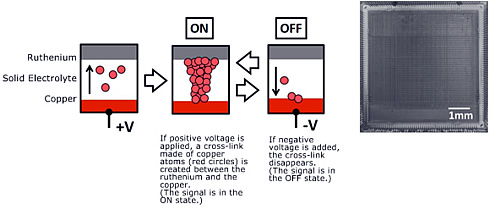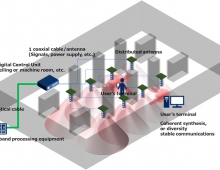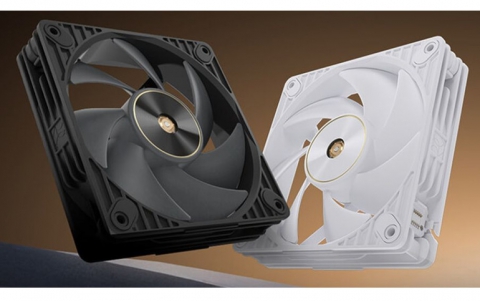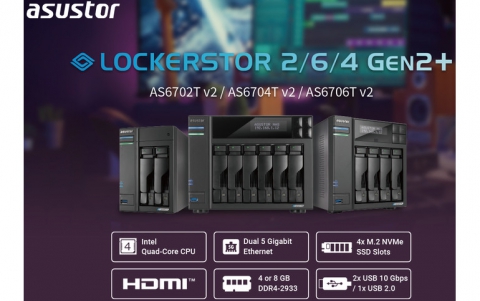
Atomic Switches Pave The Way For Neuromorphic Chipsets
Atomic switches, which many experts believe could replace semiconductors in computer chips, are nearly ready for production, arming chips with properties similar to neurons in the brain.
The atomic switch was invented in 2001 and has been investigated at MANA/NIMS (National Institute for Materials Science) for about 10 years with the support of JST and MEXT and in collaboration with NEC. These mechanisms hold the potential to revolutionize information technology, as they are expected to lead to the development of neuromorphic chips -- chips with properties similar to neurons in the brain.
The techonology has come into practical use by Japanese NEC, which has started manufacturing samples of NB-FPGA (Field Programmable Gate Array), a small, power-saving and highly durable chip incorporating atomic switches. NB-FPGA incorporates NanoBridge metal atom migration-type switch technology. The electronics maker announced in October that it had started producing samples of the chip. Thanks to their metal wiring, atomic switches rarely malfunction due to radiation and electromagnetic noise, so it can be used in robots and space satellites.
Semiconductor chips use transistors as switches to turn electric signals on and off. These work by controlling the movement of electrons.
In short, the atomic switches work by controlling the movement of atoms. The NanoBridge uses the cross-link of metal atoms in a solid electrolyte to place the signals into the ON or OFF state. The ON or OFF state is maintained even after voltage is released.
Atomic switches use no semiconductor materials, such as silicon. Instead, they use electrodes made of metals such as copper, along with solid electrolytes. When a negative bias voltage is applied to the metallic electrode, metallic atoms are deposited on the surface of the solid electrolyte electrode, resulting in the formation of a metallic cluster between the two electrodes, which turns on the switch.

When a positive bias voltage is applied to the metallic electrode, the deposited metallic atoms dissolve into the solid electrolyte electrode, resulting in the annihilation of the metallic cluster between the two electrodes to turn off the switch.
NEC's new chip can be customized by users to meet their requirements. Besides the fact that it requires no static random-access memory (SRAM), it is about 10 times more energy-efficient than previous models, as it has a shorter wiring path and does not need standby power consumption.
Atomic switch chips have the potential to replace all semiconductors, including memory chips.But most importantly,
atomic switches have similarities to human brains. The metallic cluster that extends from the solid electrolyte electrode toward the metallic electrode is similar to a brain synapse extending, connecting neurons and thereby forming a neural circuit, strengthening the organism's memory.
A human has both long-term, or established, and short-term, or temporary, memories. Similarly, an atomic switch device can express differences in short-term and long-term memories.





















